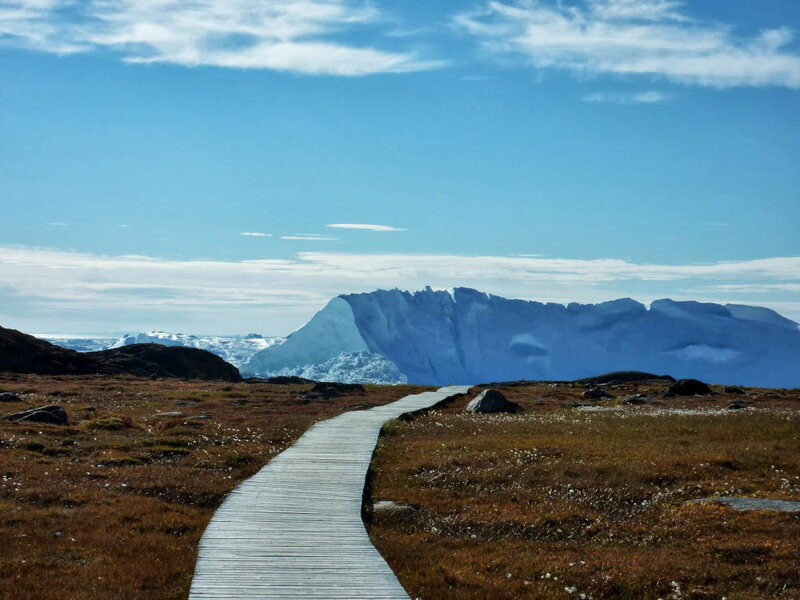New research reveals rapid loss of massive Greenland glacier
One of the largest glaciers in Greenland is melting.
Researchers from the University of California, Irvine (UCI) and the University of Kansas (KU) have determined that one of Greenland’s largest ice sheets, the Zachariae Isstrom glacier, is shedding ice at a rate of five billion tons per year. The glacier contains enough to raise global sea levels by eighteen inches. The findings are published in the current issue of Science.
The scientists used high-resolution bed topography and mapping to document changes in the glacier over a period of approximately 40 years. Using this technology, they determined that the glacier began melting much faster starting in the year 2000, and accelerating by 25 percent in 2012.
The scientists attribute those changes to warming temperatures.
"Zachariae Isstrom is being hit from above and below," senior author Dr. Eric Rignot, Chancellor's Professor of Earth system science at UCI, said in a press release. "The top of the glacier is melting away as a result of decades of steadily increasing air temperatures, while its underside is compromised by currents carrying warmer ocean water, and the glacier is now breaking away into bits and pieces and retreating into deeper ground.”
The scientists also focused their studies on the “grounding line,” the dividing line between land and sea underneath a glacier. This is where the ice begins to float when a glacier starts to melt.
"The grounding line is a good place to determine thickness across the ice,” Dr. John Paden, associate scientist for the Center for Remote Sensing of Ice Sheets (CReSIS) said in a press release.
“The terminus of Zachariae Isstrom is now at the grounding line – the ocean is right up against the grounded part of the glacier," he added.
The researchers are interested in what impact this will have globally. For example, it is projected that small island countries such as Micronesia will be among the countries most impacted by global sea-level rise.
"From a societal standpoint, the reason why there's so much focus on ice sheets is because predicted sea level rise will affect nearly every coastal country – the United States for sure, and low-lying countries with limited resources are likely to be the worst off … We study this to have an understanding of how soon things are likely to happen and to help us use our limited resources [to] mitigate the problem,” Dr. Paden said.






